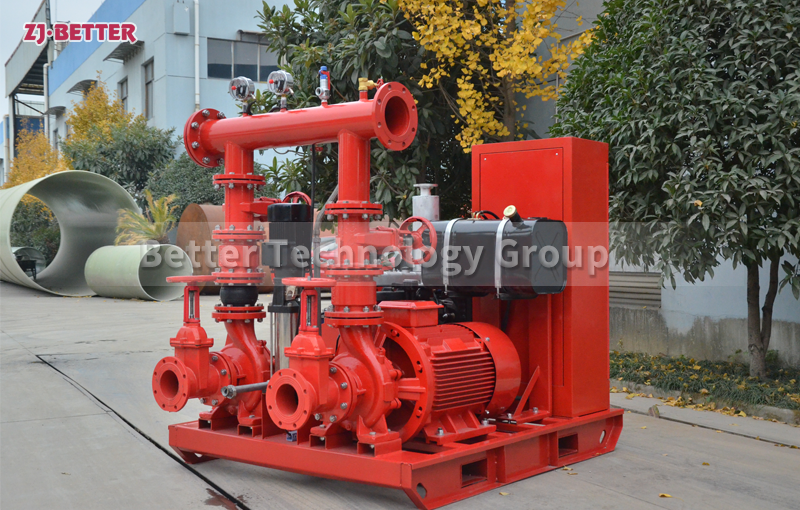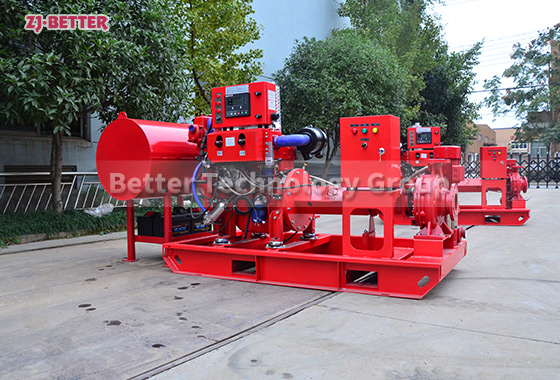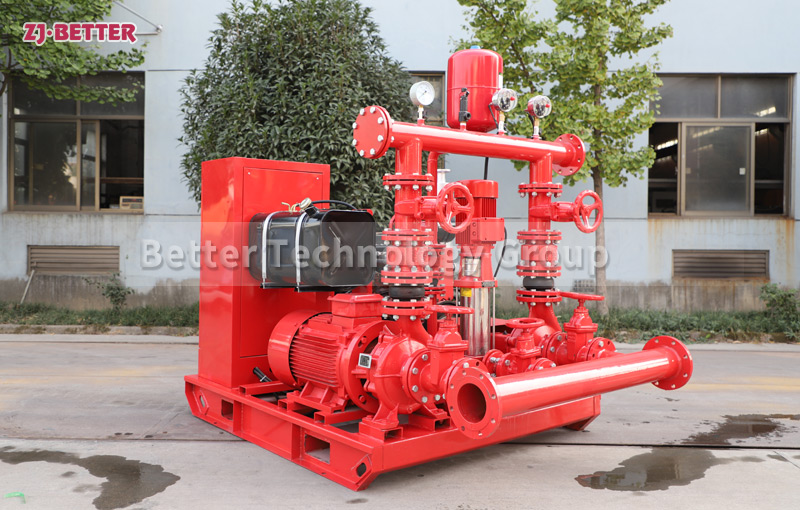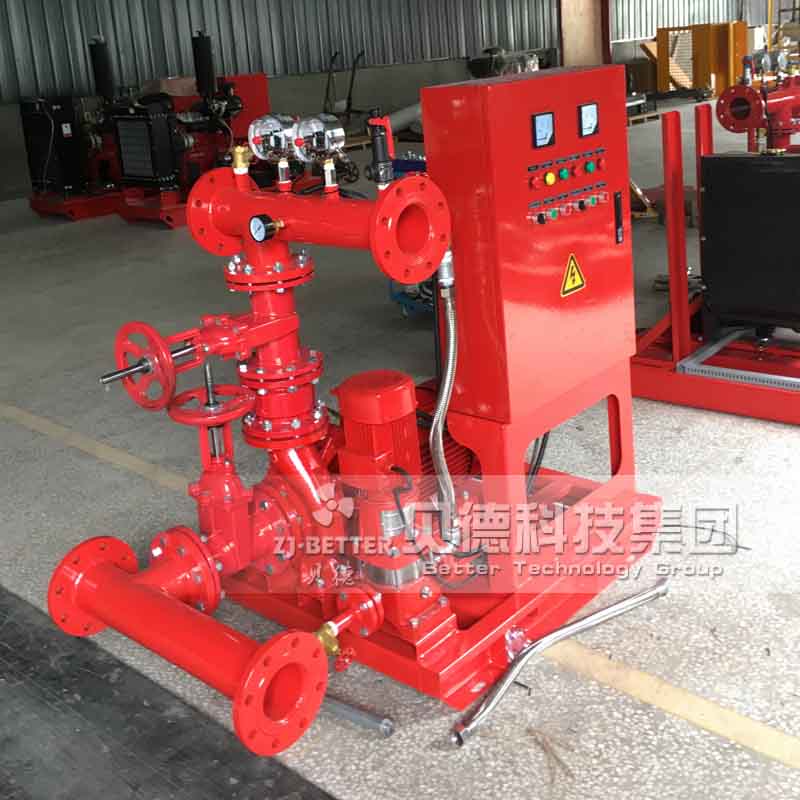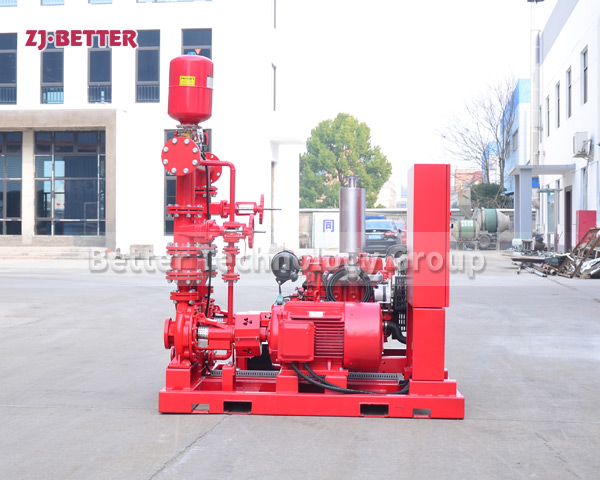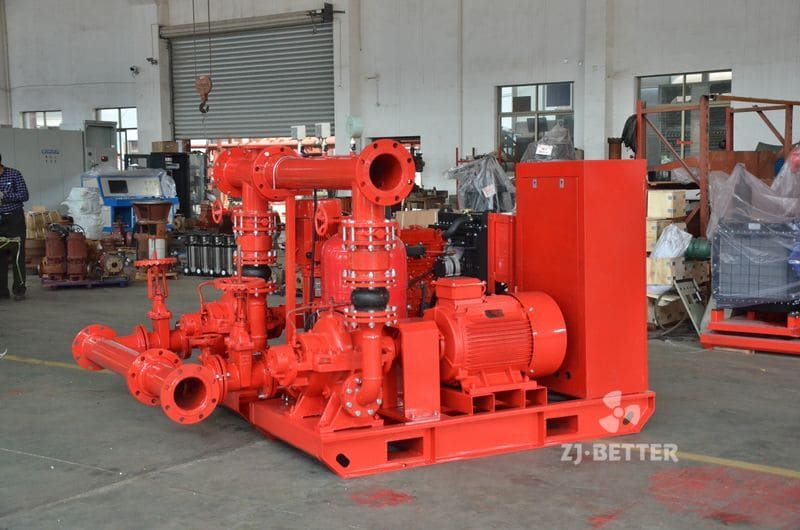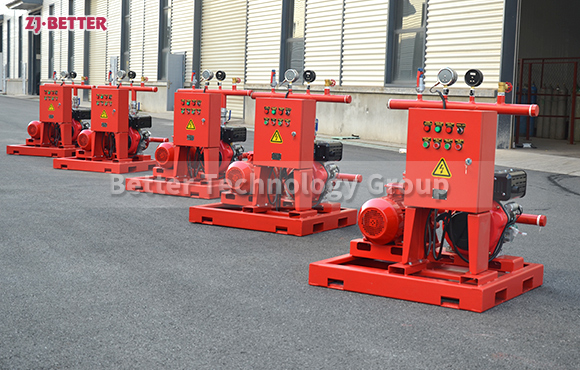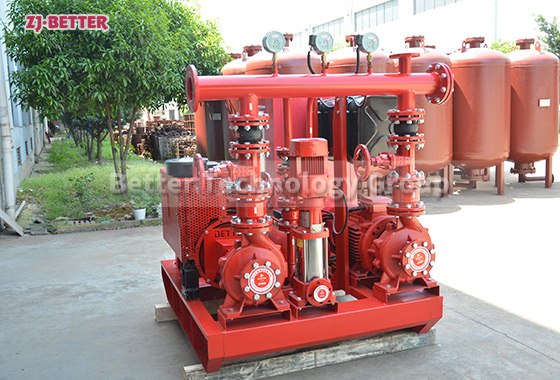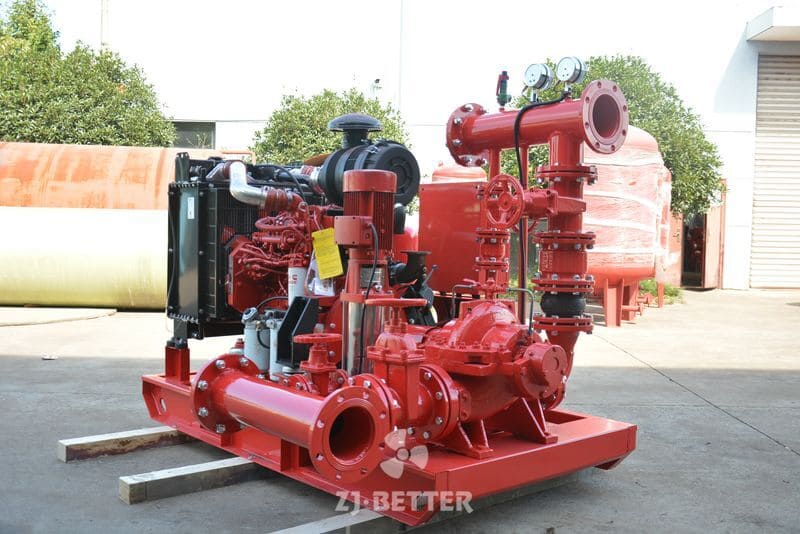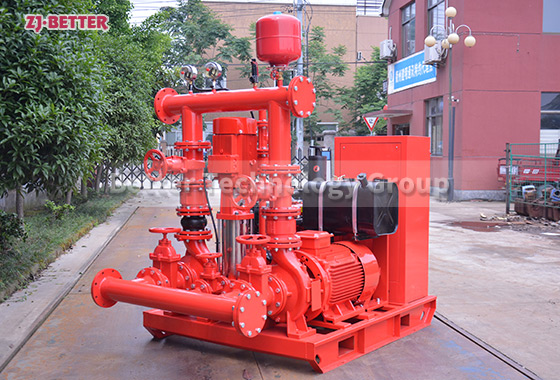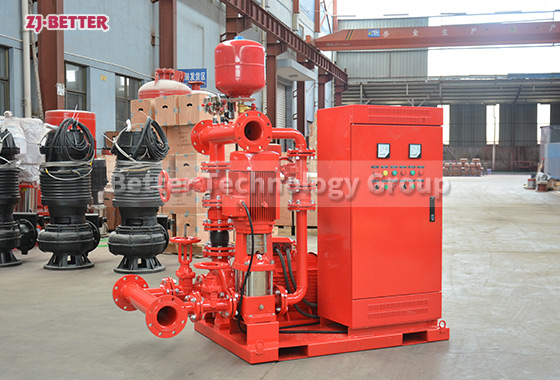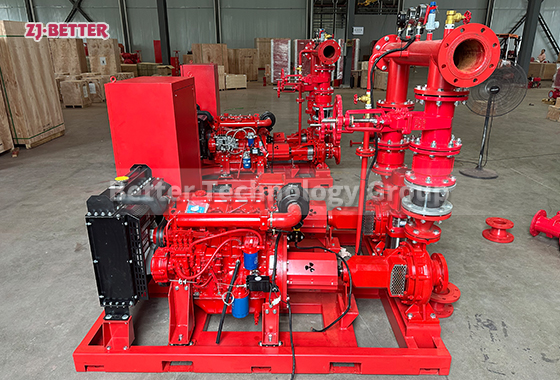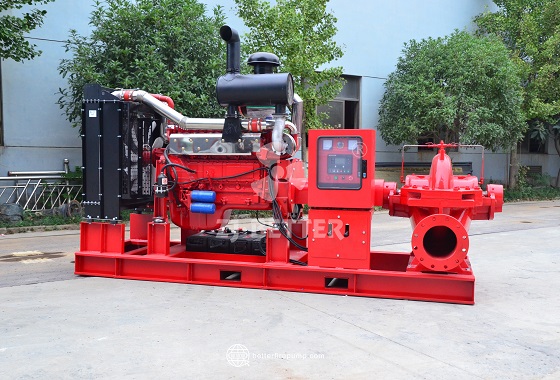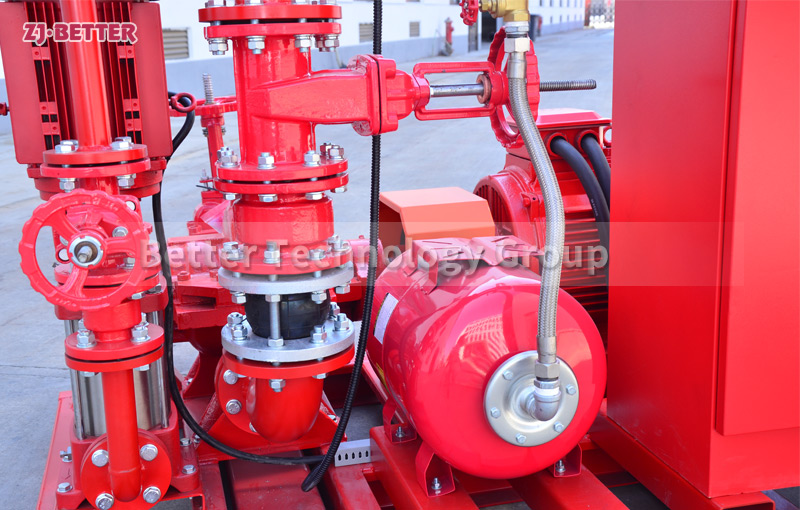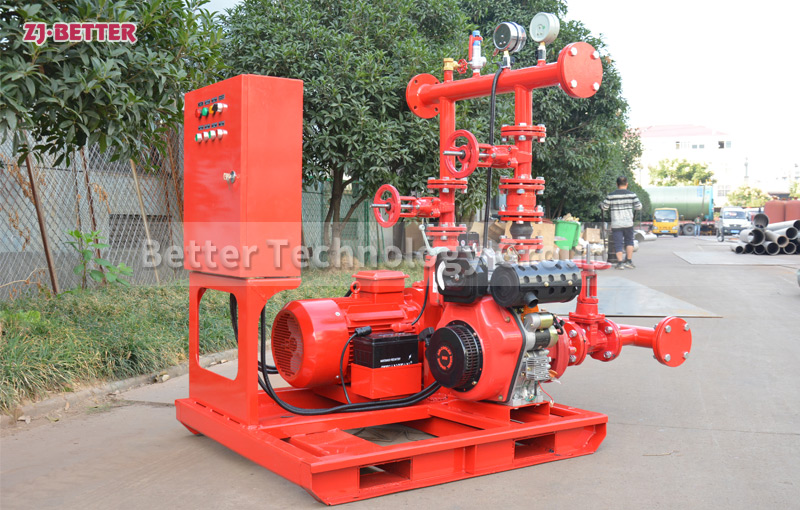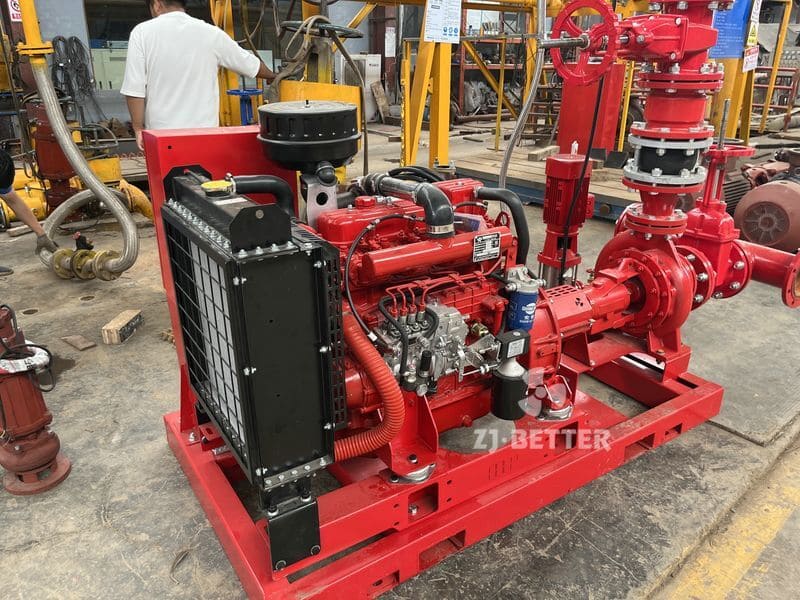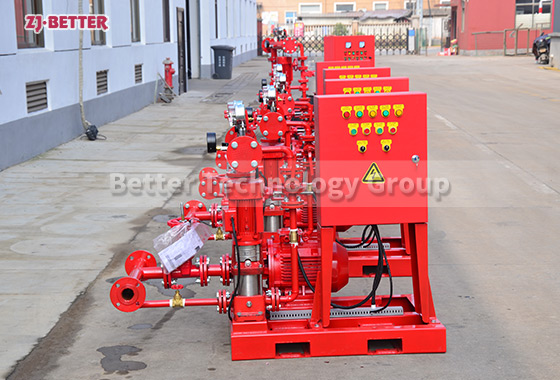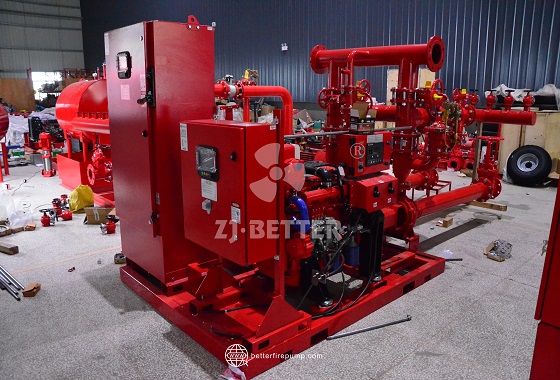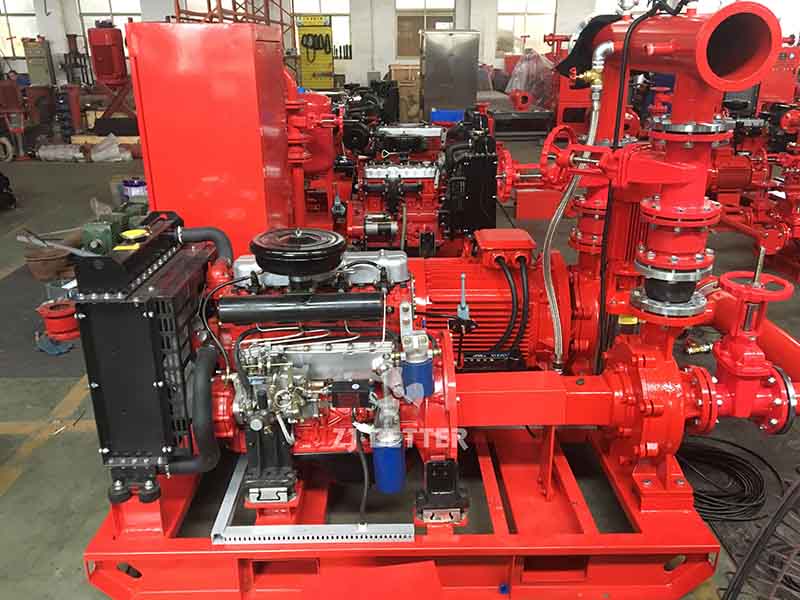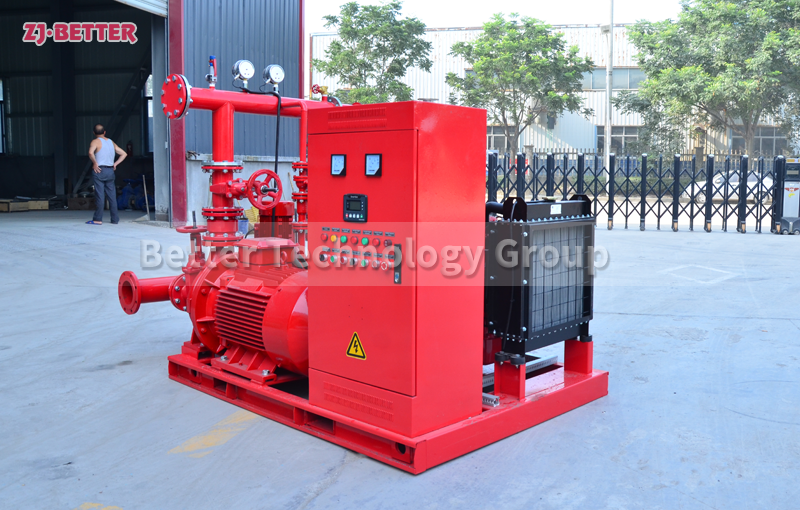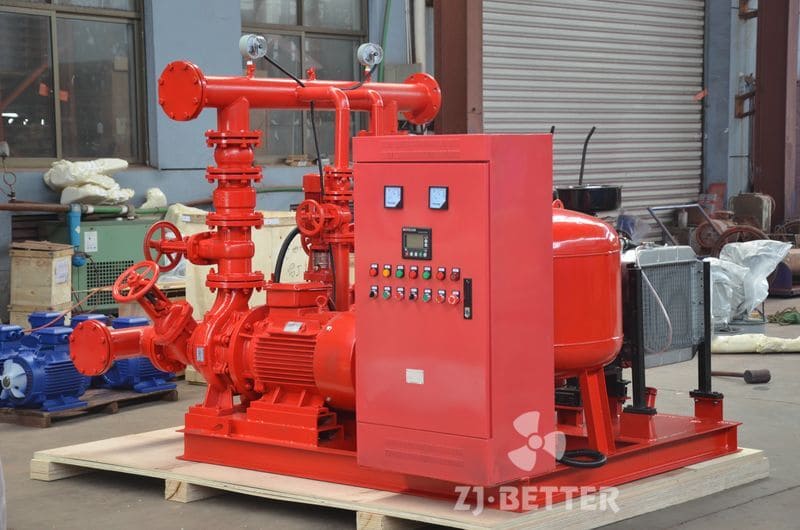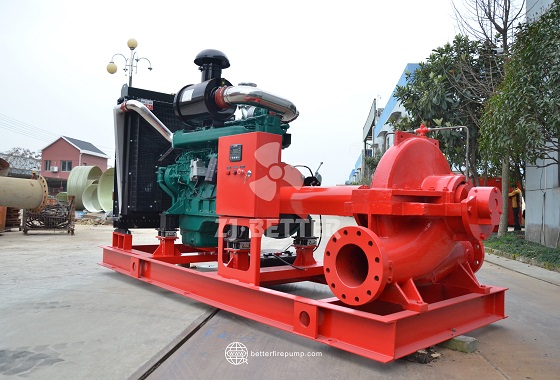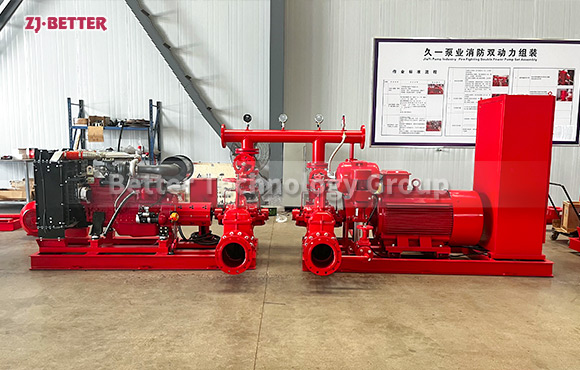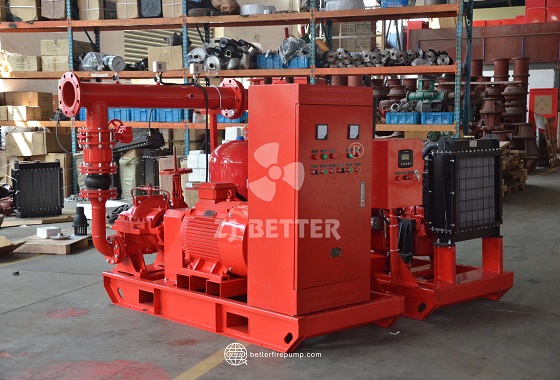Home » Fire Pump Set » How to Maintain a Fire Pump for Optimal Performance?
How to Maintain a Fire Pump for Optimal Performance?
Schedule regular inspections: Weekly or monthly as per NFPA requirements.
Lubricate moving parts: Prevent wear and tear on bearings and seals.
Clean strainers and filters: Avoid clogs that reduce pump efficiency.
Check alignment and coupling: Misalignment can cause operational issues.
Test automatic start functions: Verify system responsiveness during emergencies.
Contact US
Get Price
Share:
Content
- Schedule regular inspections: Weekly or monthly as per NFPA requirements.
- Lubricate moving parts: Prevent wear and tear on bearings and seals.
- Clean strainers and filters: Avoid clogs that reduce pump efficiency.
- Check alignment and coupling: Misalignment can cause operational issues.
- Test automatic start functions: Verify system responsiveness during emergencies.
Inquiry
More Fire Pump Set



